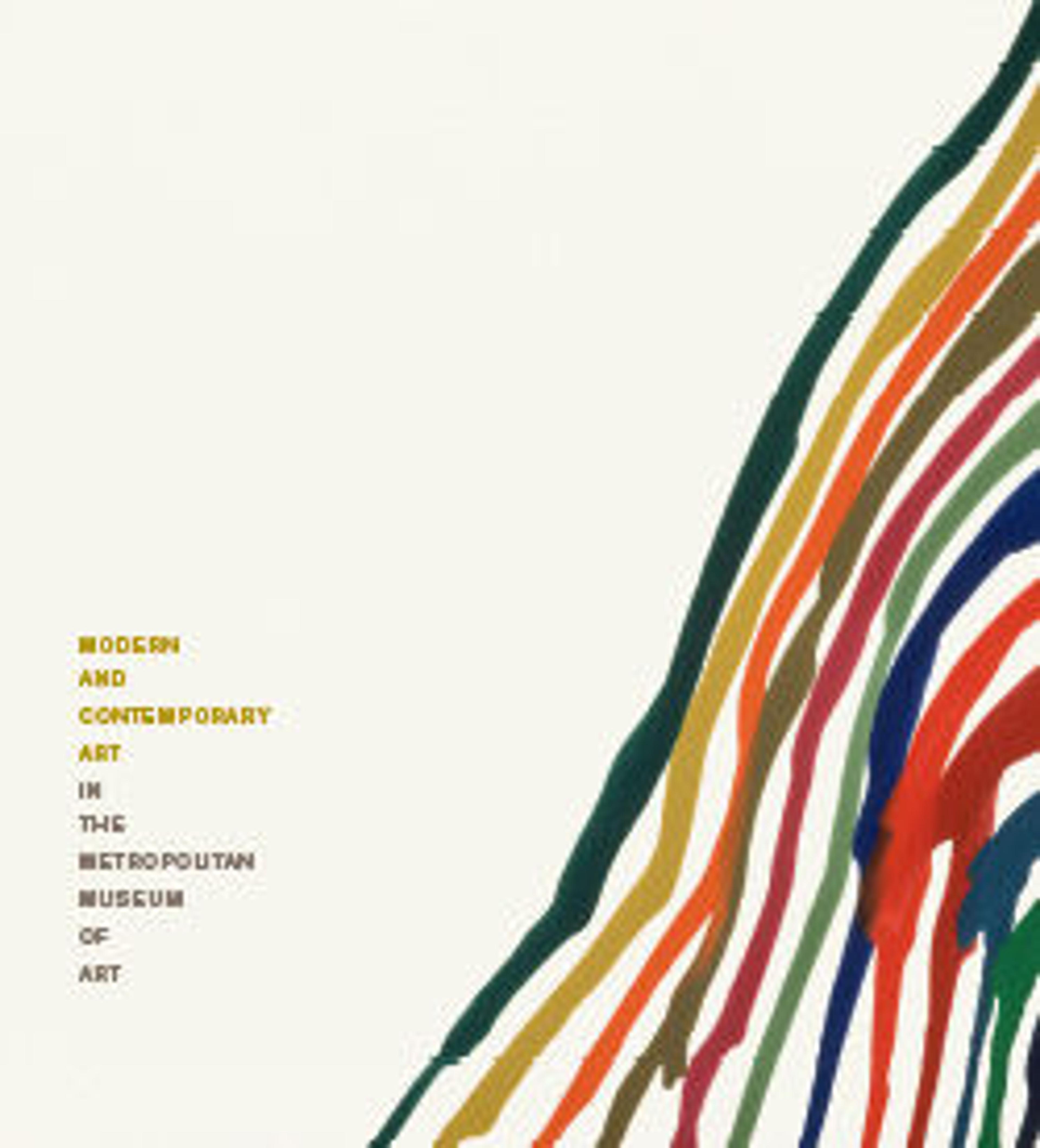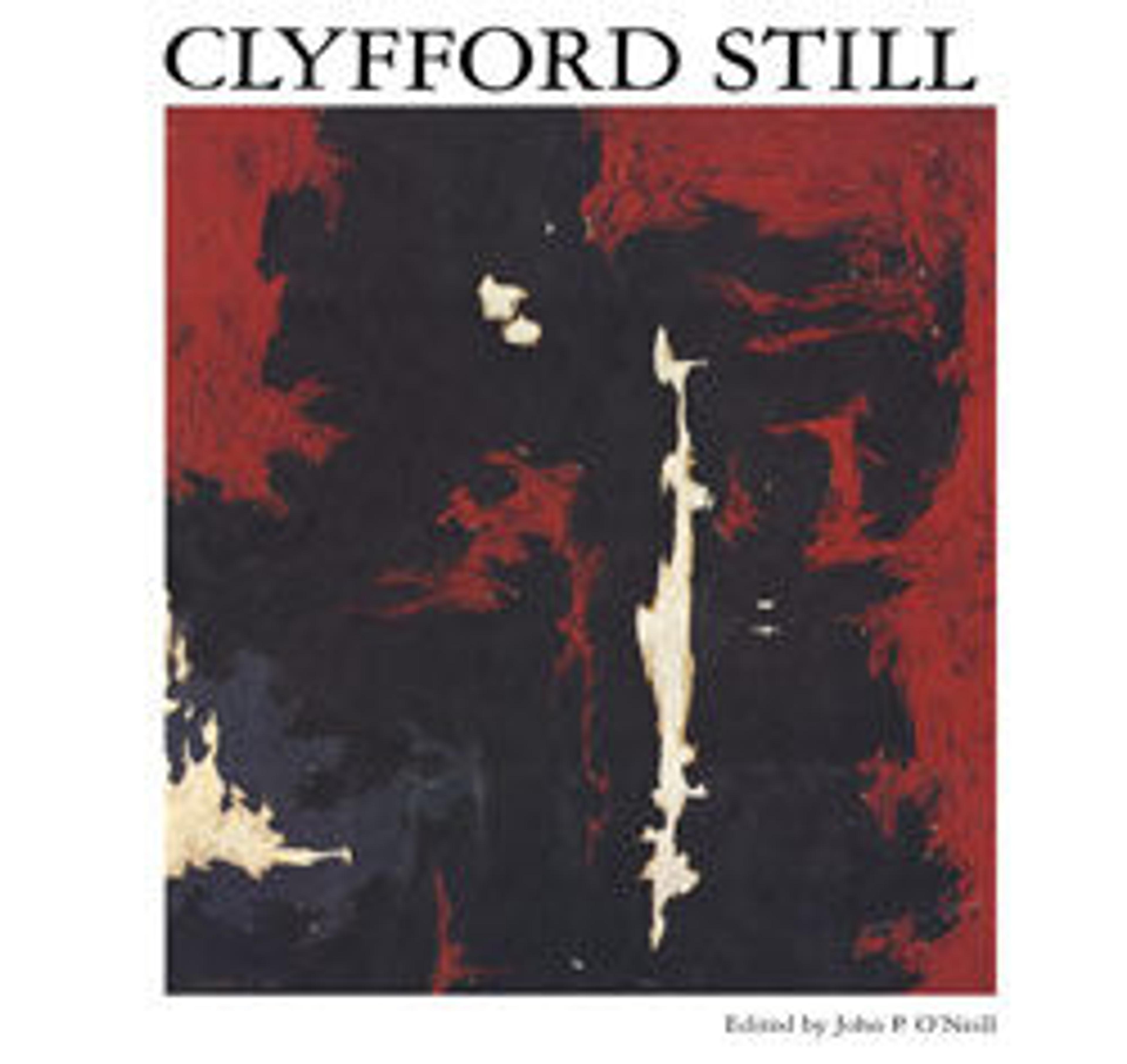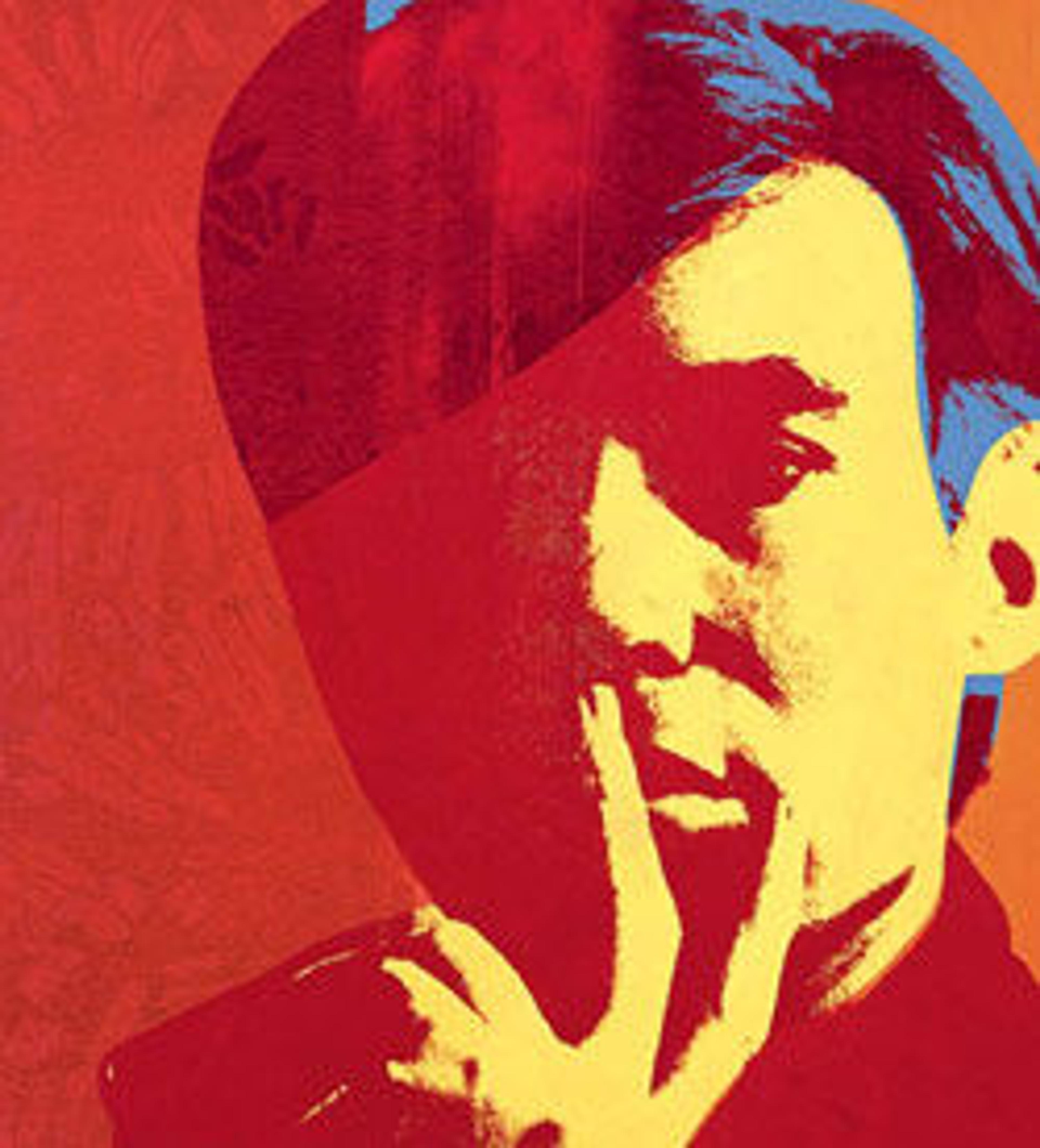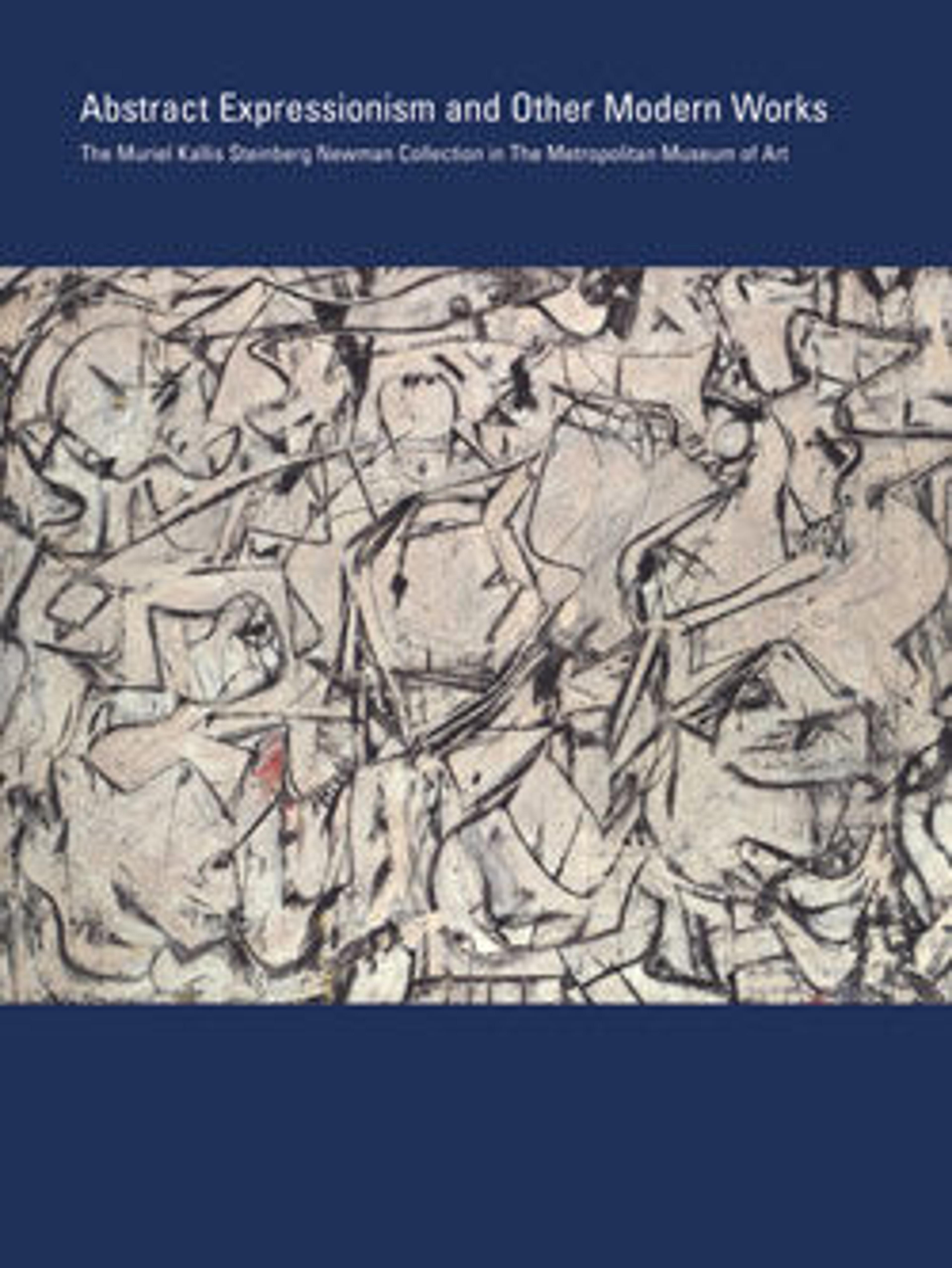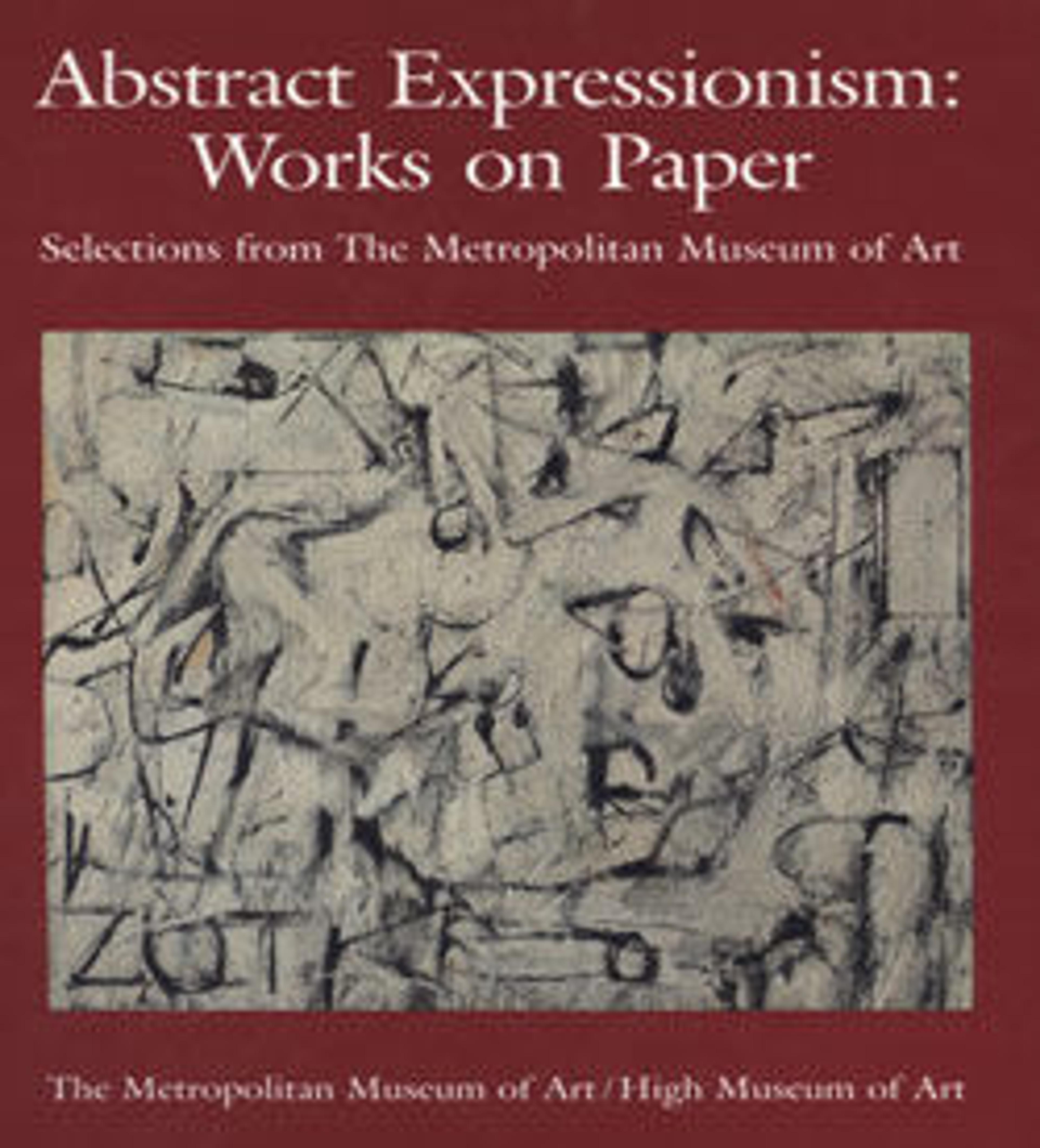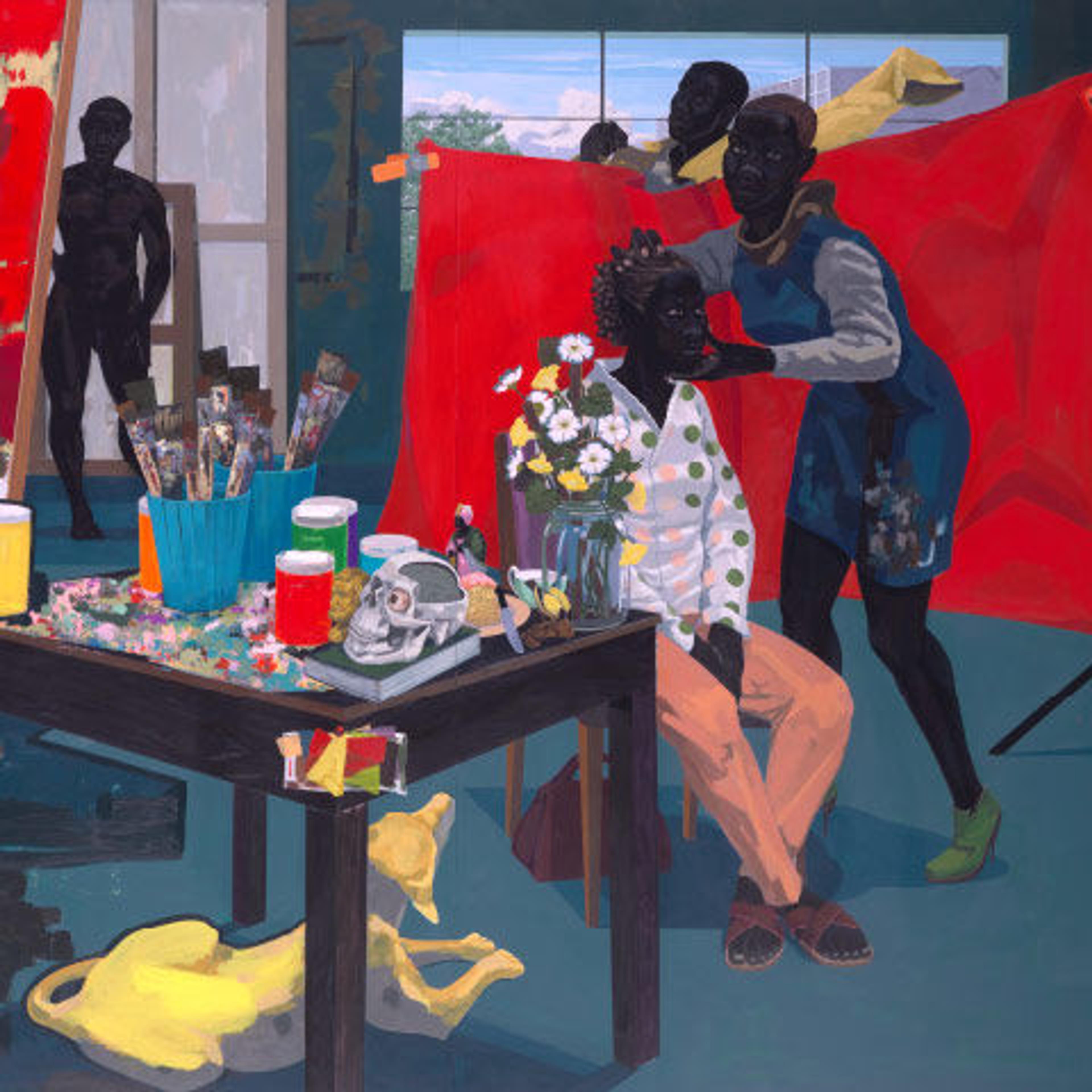
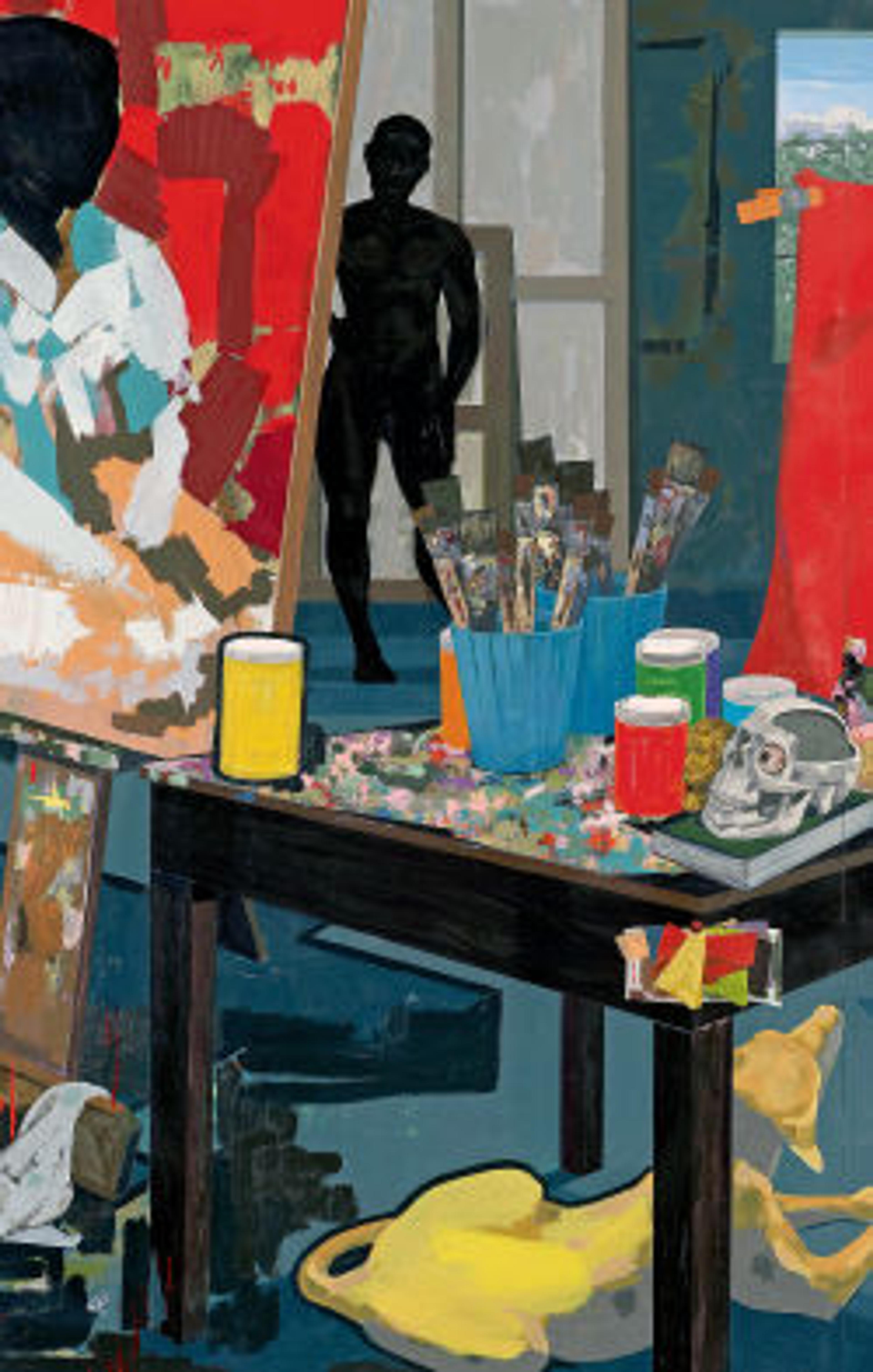
Kerry James Marshall: A Creative Convening
284 pages
67 illustrations
This title is in print.
This volume documents a groundbreaking convening on January 28, 2017 in The Met’s Grace Rainey Rogers Auditorium, inspired by the exhibition Kerry James Marshall: Mastry on view at The Met Breuer October 25, 2016–January 29, 2017. During the daylong event twenty noted thought leaders and creative practitioners considered the role of creativity, hard work, social justice, and imagination in art history, performance, science, and other disciplines inspired by visual artist Kerry James Marshall’s practice and work. The event was a mix of rich extended conversations and exciting nine-minute performances and presentations.
The program and this publication were made possible by the generous support of the Ford Foundation.
Met Art in Publication
Kerry James Marshall
2014
Romare Bearden
1969
Leaf Gum, Co., Chicago, Illinois
1948–1949
Jean Auguste Dominique Ingres
ca. 1824–34
You May Also Like
A slider containing 5 items.
Press the down key to skip to the last item.
Press the down key to skip to the last item.
